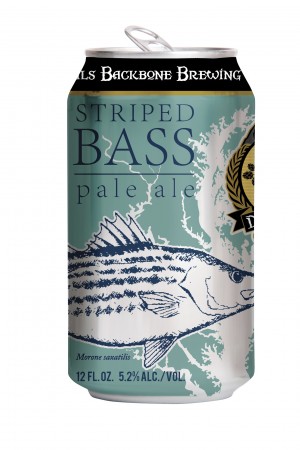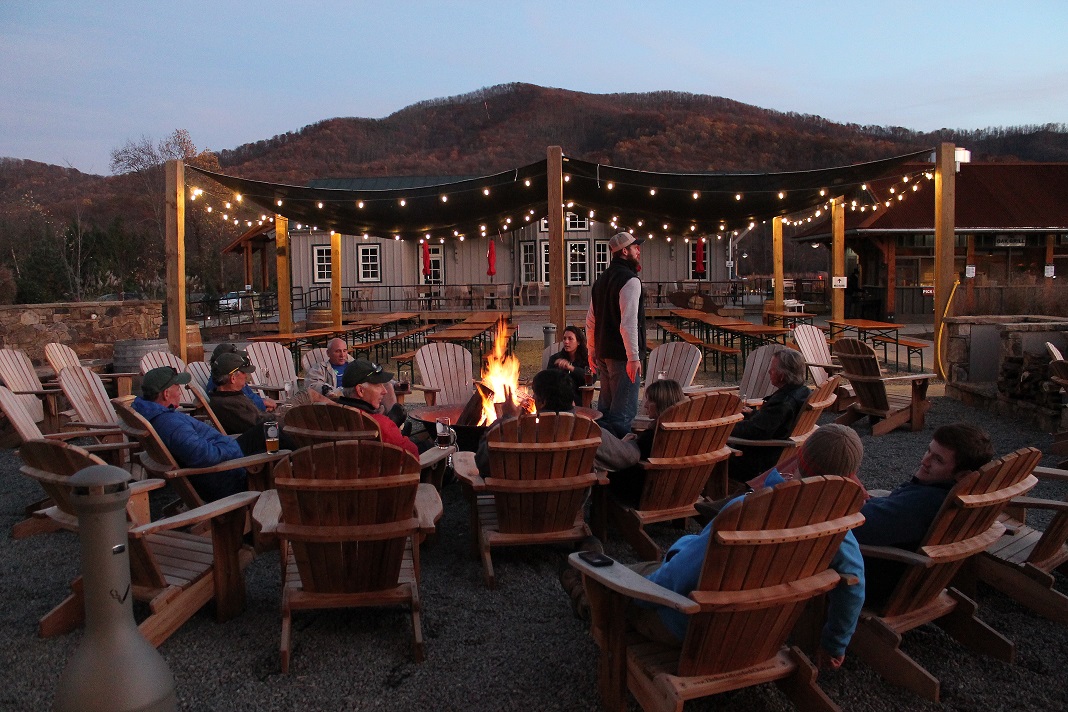
Without the risks taken by this survey party, what Virginia would look like now is something of wonder. This terrible place we called Purgatory …” This day several of the horses had like to been killed, tumbling over rocks and precipices, and we ourselves were often in utmost danger. “Friday, October 3rd … Thence 604 poles to the top of Devils Backbone to a Chestnut Oak we marked 31 miles. Consider the following entry from the journal of Thomas Lewis, surveyor and mathematician, who left behind one of the two sets of surviving field notes from this survey: They did it all with compass and chain-and fortitude untold-in 50 days.



This line was known as “The Fairfax Line.” Their task was to carve and measure a straight line, eighty-miles long through the wilderness, connecting the sources of the Rappahannock and Potomac Rivers. Perhaps the most notable member of the party was Thomas Jefferson’s father, a colonel, reputably the strongest man in Rockingham County. They were hand-picked – the best men and minds in Virginia. These hardy Virginians’ descendants are part of our core patrons to this day, according to our latest market analysis. Among the party were axmen, chainmen, compass-men, note keepers, mathematicians, astronomers, hunters, cooks, and gentleman commissioners whose job it was to make lawyerly decisions as needed and to purchase provisions (somehow) along the way, keeping the party supplied. They had already spent two-weeks charting various wild rivers to find the true “Headspring of the Rappahannock,” its point-of-beginning as decreed by King George. On September 25, 1746, eight years before the French and Indian War, a party of forty set out from Bear Fence Mountain in the Blue Ridge on one of the most legendary land surveys in American history. The name “Devils Backbone” was selected to incorporate this region’s history into modern culture. This inspired Devils Backbone to ask, “What if we started bottling the beer, bringing the experience to people in their homes? ” The decision was made to break ground on the Outpost facility, in Lexington, Virginia, Originally projected to produce 10,000 barrels of beer in its first ten years, the Outpost produced almost 45,000 barrels in its first three, bringing world-class beer to people in Virginia, Maryland, and Washington D.C. Although the economic downturn prevented the neighborhood from flourishing, the brewpub was a regional success. “The Village at Glen Mary” community was born and its flagship business would be the Devils Backbone Brewing Company, opening its doors in 2008. With some great friends, the Crandall’s began to further foster the idea of a small, environmentally sensitive, pedestrian-friendly, and community-focused business development. This added water to the original seed and further solidified the idea that there needed to be a brewpub in the Nelson County community the Three Ridges Wilderness area seemed like a perfect place to bring great food and beer to the people.

Brewpubs, mountains, skiing, biking, hiking, bird watching and running go together, right? In Europe most small towns have their own pubs that are an important part of the social fabric of the community. More travels throughout the Western United States brought more exposure to craft beer, as the common denominator for most great outdoor destinations was a brewpub… and, there were lots of them. Founders, Steve and Heidi Crandall were on a ski trip and were introduced to a German beer called Weihenstephan. This first real “craft” beer experience started a trend in the Crandall household, planting the seed that slowly grew into an idea, and then bloomed to become Devils Backbone Brewing Company. One might say the spark for the idea behind the brewery happened in 1992 with a visit to Cortina, Italy.


 0 kommentar(er)
0 kommentar(er)
